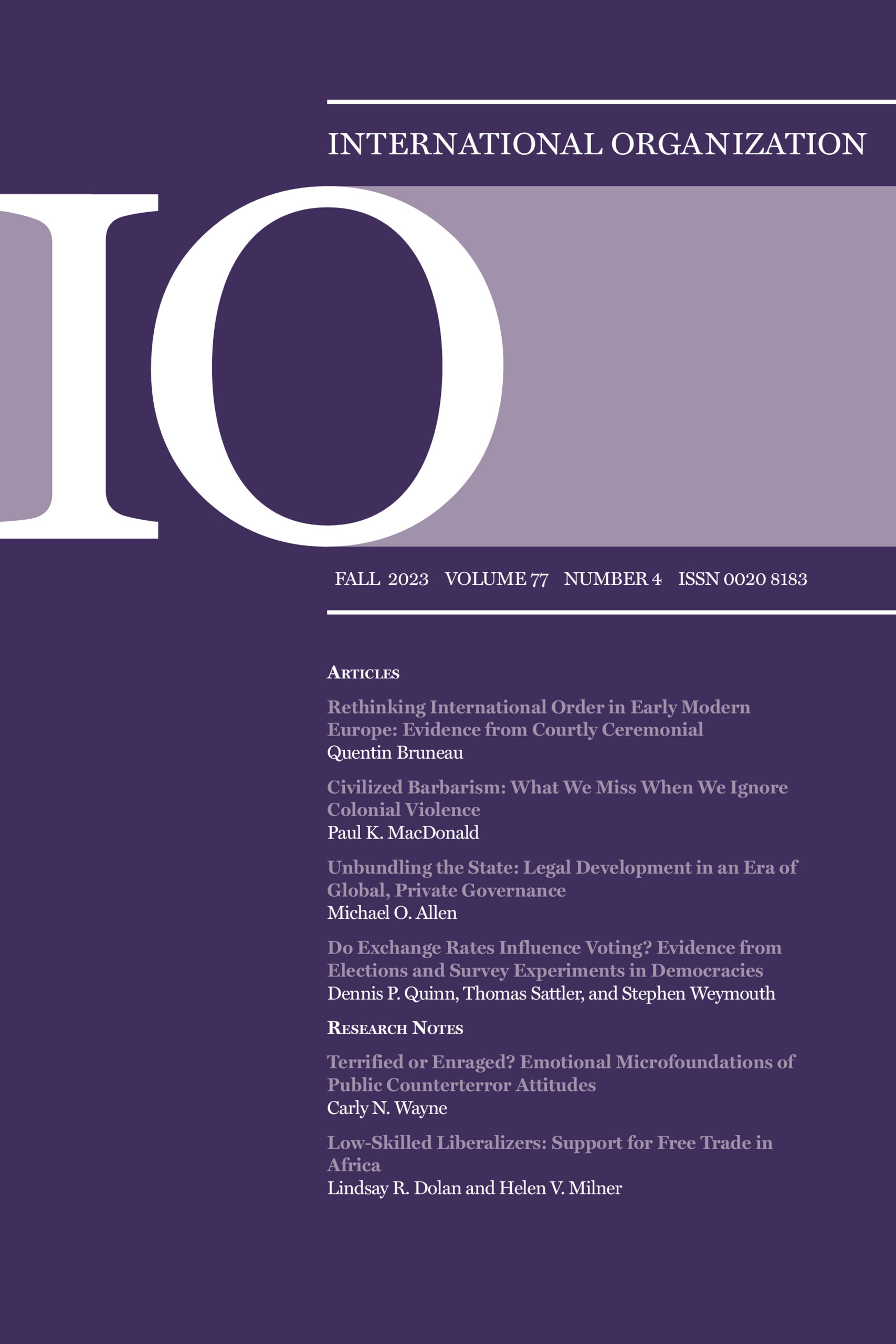介绍
IF 4.5
1区 社会学
Q1 INTERNATIONAL RELATIONS
引用次数: 0
摘要
两卷,ISSI科学报告,SR-001:多航天器数据的分析方法和SR-008:多航天器分析方法重访,已经出版,以记录使用Cluster收集的多航天器数据集的不断增长的工具集。两卷,ISSI科学报告,SR-001:多航天器数据的分析方法和SR-008:多航天器分析方法重访,已经出版,以记录使用Cluster收集的多航天器数据集的不断增长的工具集。群集是第一阶段的多航天器任务,目前是其全面科学操作的第19个年头,以保持四个航天器的紧密配置,围绕覆盖许多中外磁层区域的轨道发展。这样的配置允许估计等离子体和场梯度,以及波矢量的确定是第一次。通过一系列轨道机动,主要是从中尺度到大尺度的航天器分离距离,获得了一系列空间尺度。虽然涵盖了大量的科学目标,但Cluster没有涵盖小(亚离子)空间尺度,也没有进入适合电离层上层的低地球轨道(LEO)高度。2014年大致东西向本文章由计算机程序翻译,如有差异,请以英文原文为准。
Introduction
Two volumes, ISSI Scientific Reports, SR-001: Analysis Methods for Multi-Spacecraft Data and SR-008: Multi-Spacecraft Analysis Methods revisited, were published to document the growing toolset using the multi-spacecraft dataset being collected by Cluster. Two volumes, ISSI Scientific Reports, SR-001: Analysis Methods for Multi-Spacecraft Data and SR-008: Multi-Spacecraft Analysis Methods revisited, were published to document the growing toolset using the multi-spacecraft dataset being collected by Cluster. Cluster was the first phased, multi-spacecraft mission, currently in its 19th year of full science operations, to maintain a close configuration of four spacecraft, evolving around an orbit covering many mid- to outer magnetospheric regions. Such a configuration allowed the estimation of plasma and field gradients, as well as wave vector determinations for the first time. A range of spatial scales were accessed through a sequence of orbital manoeuvres, predominantly from meso- to large scale spacecraft separation distances. Although covering a vast array of science targets, Cluster did not cover the small (sub-ion) spatial scales and did not access the low-Earth orbit (LEO) altitudes suitable for the upper ionosphere. approximately east-west 2014
求助全文
通过发布文献求助,成功后即可免费获取论文全文。
去求助
来源期刊

International Organization
Multiple-
CiteScore
14.50
自引率
1.30%
发文量
25
期刊介绍:
International Organization (IO) is a prominent peer-reviewed journal that comprehensively covers the field of international affairs. Its subject areas encompass foreign policies, international relations, political economy, security policies, environmental disputes, regional integration, alliance patterns, conflict resolution, economic development, and international capital movements. Continuously ranked among the top journals in the field, IO does not publish book reviews but instead features high-quality review essays that survey new developments, synthesize important ideas, and address key issues for future scholarship.
 求助内容:
求助内容: 应助结果提醒方式:
应助结果提醒方式:


